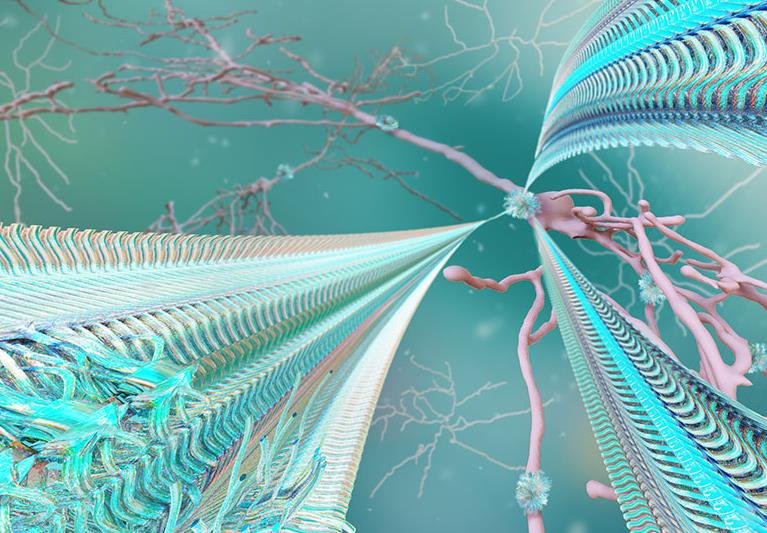Researchers at the University of Utah Health have made a groundbreaking discovery about “time cells” in the brain, revealing their crucial role in complex learning tasks. These cells, located in the medial entorhinal cortex (MEC), change their firing patterns as animals learn to distinguish between timed events. This finding not only enhances our understanding of how the brain processes time but also has significant implications for early detection of neurodegenerative diseases like Alzheimer’s.

The Role of Time Cells in Learning
Time cells are a specific population of neurons that fire in sequence to map out short periods of time, much like the second hand of a clock. However, their function goes beyond merely tracking time. Researchers found that as mice learned to distinguish between differently timed events, the pattern of time cell activity changed to represent each pattern of events differently. This adaptation is crucial for performing tasks where timing is critical.
In the study, mice were trained to distinguish between patterns of an odor stimulus with variable timing. Initially, the time cells responded similarly to every pattern. However, as the mice learned the task, their time cells developed distinct patterns of activity for each timed event. This ability to adapt and change firing patterns highlights the importance of time cells in learning and memory processes.
The researchers used advanced brain imaging techniques to observe these changes in real-time. They found that during trials where the mice made mistakes, the time cells often fired in the wrong order. This suggests that the correct sequence of time cell activity is essential for accurately performing time-based tasks. The findings provide new insights into the neural mechanisms underlying complex learning and memory.
Implications for Neurodegenerative Diseases
The discovery of the role of time cells in complex learning has significant implications for understanding and detecting neurodegenerative diseases. The medial entorhinal cortex, where time cells are located, is one of the first brain regions affected by Alzheimer’s disease. By studying changes in time cell activity, researchers hope to develop early detection methods for such diseases.
Alzheimer’s disease and other neurodegenerative conditions often impair the brain’s ability to process time, leading to difficulties in performing everyday tasks. The new findings suggest that monitoring time cell activity could help identify early signs of these diseases. This could lead to earlier interventions and potentially slow the progression of neurodegenerative conditions.
The study also highlights the importance of understanding the broader role of time cells in the brain. By exploring how these cells contribute to learning and memory, researchers can develop new strategies for treating and managing neurodegenerative diseases. This research opens up new avenues for studying the brain’s complex functions and developing innovative therapies.
Future Research Directions
The discovery of the importance of time cells in complex learning is just the beginning. Future research will focus on further exploring the role of these cells in different types of learning and memory tasks. By understanding how time cells interact with other brain regions, scientists can gain a deeper understanding of the neural mechanisms underlying cognitive processes.
One area of interest is how time cells contribute to the perception of time in humans. While the current study was conducted in mice, the findings have significant implications for understanding human cognition. Researchers aim to investigate whether similar mechanisms exist in the human brain and how they influence our ability to learn and remember timed events.
Another important direction for future research is the development of new technologies for monitoring time cell activity. Advanced brain imaging techniques and neural recording methods will be crucial for studying these cells in greater detail. By improving our ability to observe and manipulate time cells, scientists can gain new insights into their function and develop targeted interventions for neurodegenerative diseases.
















